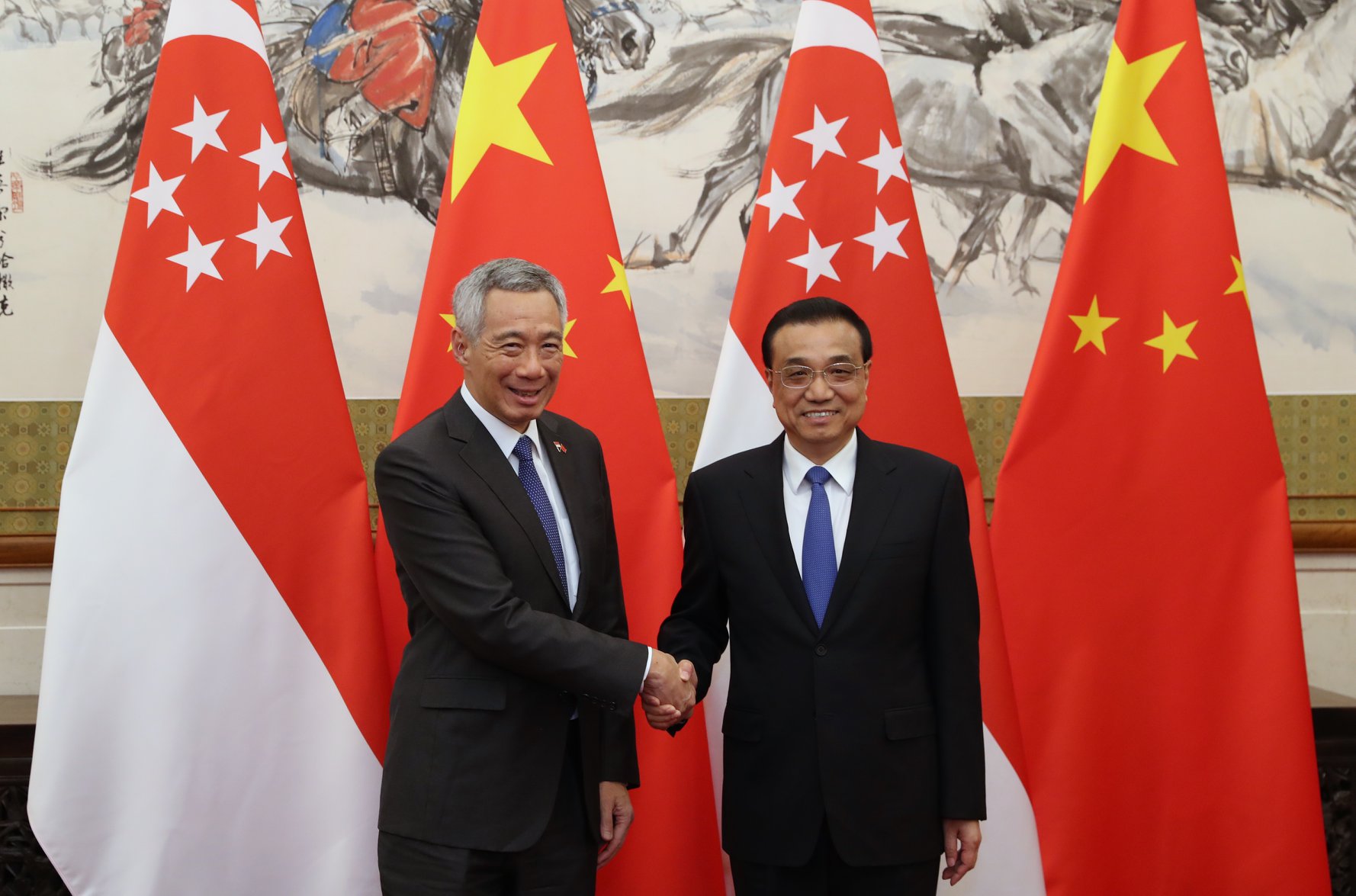Prime Minister Lee Hsien Loong is currently in China on a five-day visit (April 8 to 12), where he will be speaking at the annual Bo’ao Forum for Asia.
This is his second visit to China in seven months.
At the same time, he gave a written interview with Chinese publication People's Daily where he was asked a wide range of questions.
Here's everything you need to know about it in 90 seconds:
1) On Singapore-China relations
PM Lee said that Singapore-China relations are strong.
He added that China will play a growing role in regional and global issues and that "Singapore will continue to support China’s constructive participation in the regional architecture as well as the international system."
Singapore will also host the annual Joint Council for Bilateral Cooperation (co-chaired at the DPM level) this year.
2) On ASEAN-China relations
As Singapore is the ASEAN Chair this year, PM Lee was asked about how Singapore plans to promote the further development of the ASEAN-China relationship" given its ASEAN Chairmanship.
PM Lee responded by saying that China is one of ASEAN’s most important and substantive dialogue partners and it is the top trading partner for most ASEAN Member States.
Singapore, as ASEAN Chair as well as Country Coordinator for ASEAN-China Dialogue Relations, will expand and deepen cooperation between the two sides to reach the target of US$1 trillion in ASEAN-China trade by 2020.
3) On the Belt & Road Initiative
Singapore has identified three areas for cooperation under the B&R Initiative:
- Infrastructure connectivity - Singapore developed the CCI- Southern Transport Corridor (CCI-STC) which creates a direct connection between the overland New Silk Road Economic Belt and the 21st Century Maritime Silk Road, connecting Western China to Southeast Asia and the rest of the world;
- Financial connectivity - Singapore is one of the largest offshore RMB centres in the world. Its banks structure provide specialised insurance coverage for B&R infrastructure projects - two-thirds of Southeast Asia infrastructure projects are arranged by Singapore-based project finance teams.
- Country collaboration - Singapore and China to jointly develop commercially feasible projects in third countries along the Belt and Road and provide training to officials from B&R participating countries.
4) On regional trade agreements
PM Lee, commenting on the trade spat between US and China, said that "there will be no winners in a trade war."
He said that with China’s share of global GDP and trade volume increasing dramatically, it was natural that other countries expected China to "take on more commitments and contribute more to the global system, by further opening market access for trade in goods and services, and liberalising rules for foreign investments into China."
He added that China can do so with Free Trade Agreements with partners and welcomed China to join the Comprehensive and Progressive Agreement for Trans-Pacific Partnership.
5. On cultural ties with China
People's Daily asked PM Lee for his views on the historical and cultural linkages between the two nations. The paper couched this question by pointing out that Singapore was majority Chinese and that PM Lee received a Chinese education. It also noted that Chinese tourists overtook Indonesians as the largest number of tourists entering Singapore last year.
PM Lee did say that "cultural and language similarities make Singapore a popular destination for Chinese tourists." And he added that frequent exchanges between both peoples keep ties strong and enable more collaboration.
However, he made sure to draw a distinction between the two peoples as well -
"Chinese tourists visit Singapore precisely because we are not another Chinese city. They find Singapore a fascinating multiracial and multi-religious country with different cultures and ways of life. Different ethnic groups and religious faiths co-exist side by side, harmoniously. We hope that when Chinese tourists visit us, they can see and appreciate how Singapore is unique, and how our multi-racial national identity influences our place in the world and relations with other countries."
[related_story]
Top image from Lee Hsien Loong Facebook
If you like what you read, follow us on Facebook, Instagram, Twitter and Telegram to get the latest updates.
